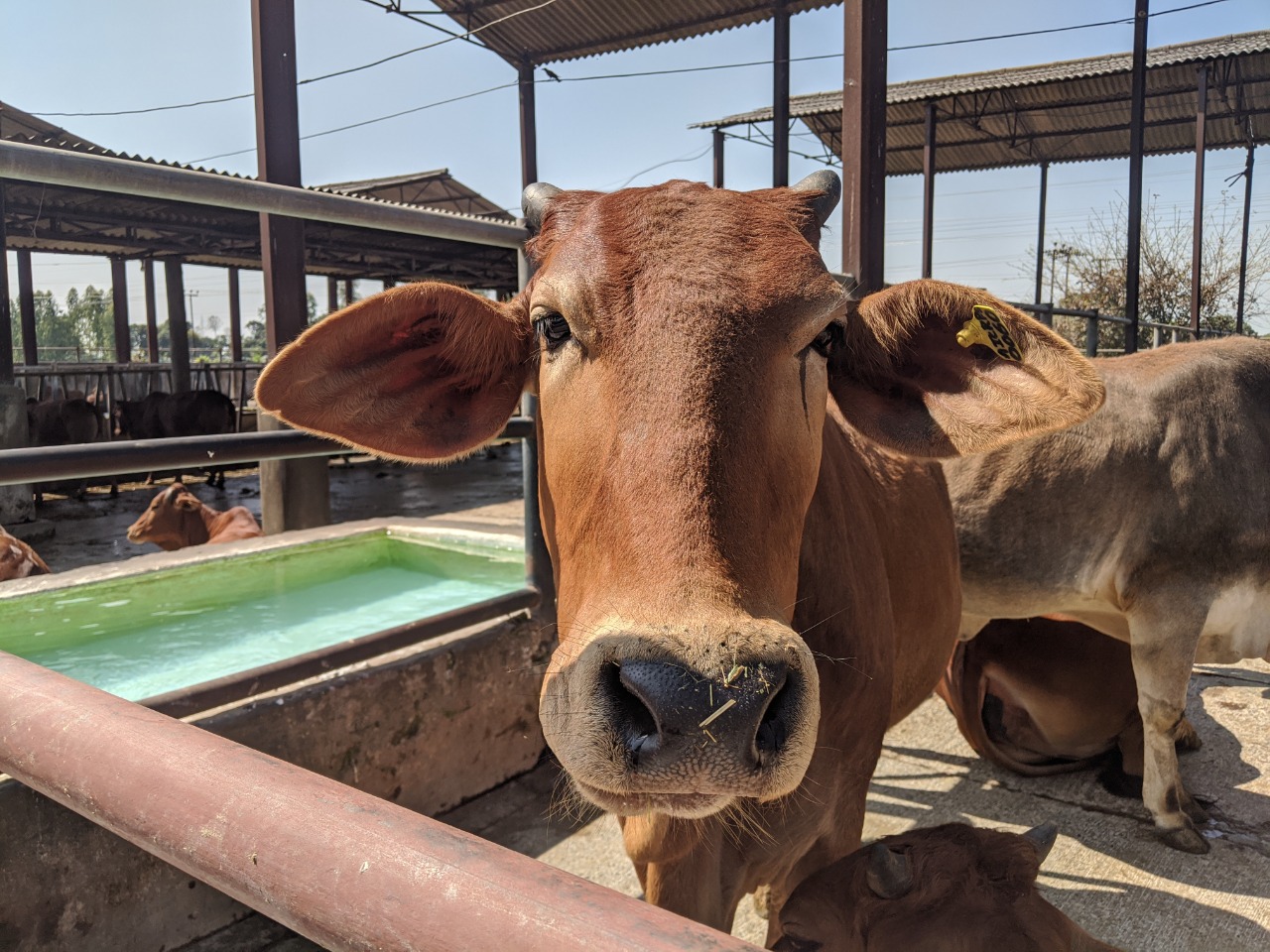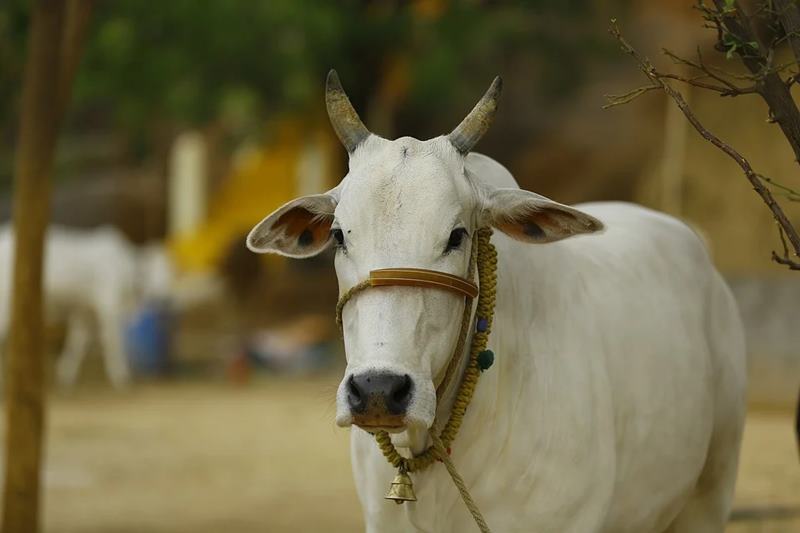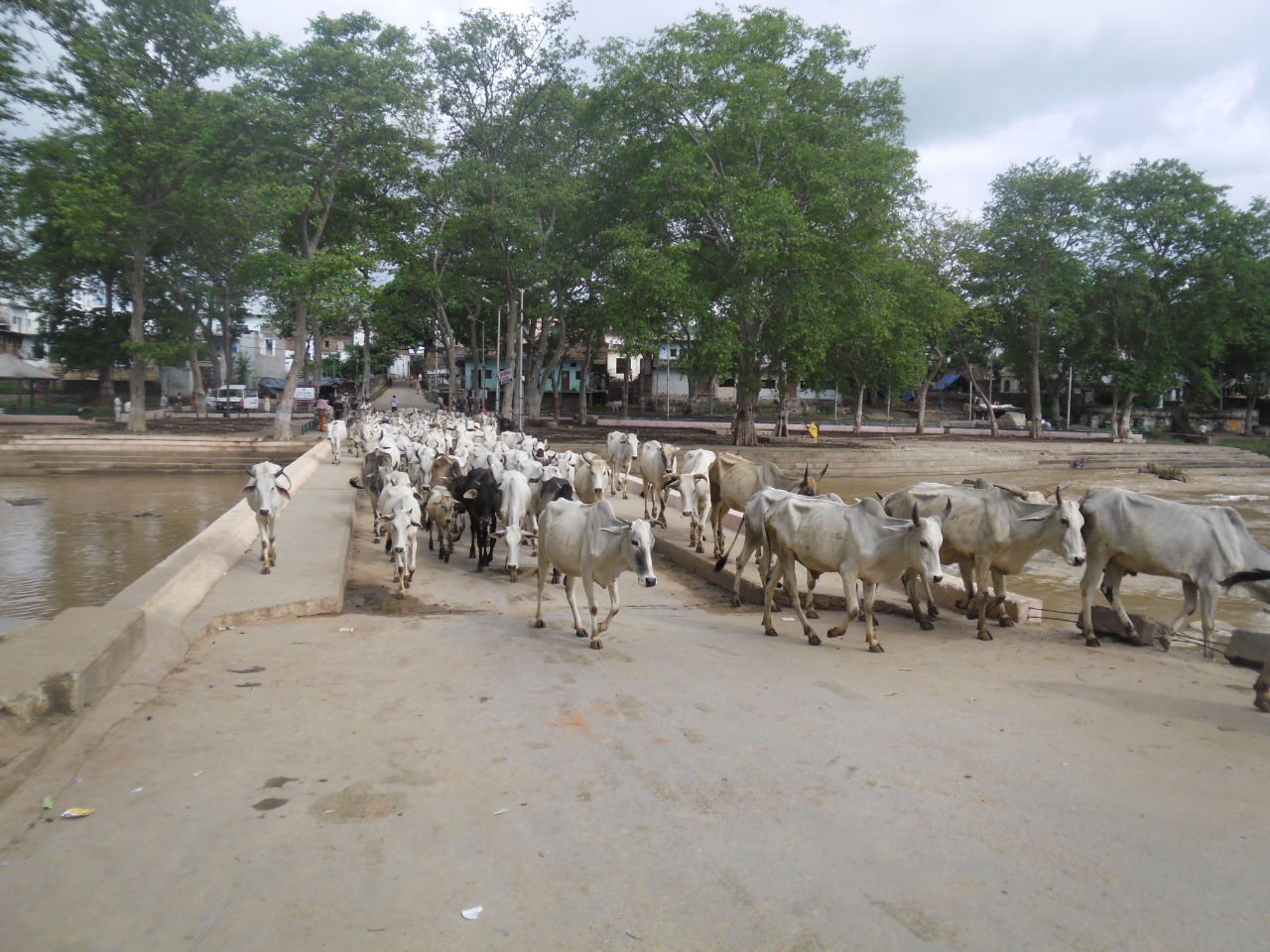Should cows be declared the national animal of India?
The recent statement by the Allahabad High Court saying the cow should be declared a national animal with fundamental rights, has given rise to debates and discussions. Will doing so solve the many other problems associated with stray cattle ask agricultural scientists, farmers and cattle rearer?


While the state governments have set up gaushalas, they are nowhere near sufficient to provide shelter to all the cattle. Photo: Divendra Singh
On September 1, the Allahabad High Court declared, “The cow is an inseparable part of Indian culture and it should be declared a national animal, and a bill should be bright out on this matter.” This statement was made by Justice Shekhar Kumar Yadav when he denied bail to the accused over the slaughter of cows.
The Justice also added cows should have fundamental rights and there ought to be stringent laws to punish those who even spoke of harming cows. According to him all those who were in charge of gaushalas and who did not look after the cows well should be punished too.
The matter has stirred up considerable discussion and debate from the social media to the village squares.
Also Read: The disappearing buffaloes of Bhadawar
“The government must listen to what the High Court said,” Shravan Kumar Garg, head of Gau Seva Aayog, Haryana, told Gaon Connection. He also said that a lot of work for the protection of cows was happening in several states.
Garg agreed that a rise in stray cattle was a major concern but “people who replaced their native cattle with foreign breeds are responsible for the number of stray cattle we have on the streets,” he said. He hoped that in a few years more and more people would bring home native breed cows, which would reduce the stray cattle problem.

The growing problem of straying cattle
In Uttar Pradesh and Madhya Pradesh, hundreds of stray cows roam the streets. While the state governments have set up gaushalas, they are nowhere near sufficient to provide shelter to all the cattle.
Also Read: While you were sleeping under your blanket, the farmers were busy doing this
According to the 19th Livestock Census in 2012, there were 5.2 million stray cattle in the country, and the number has come down to 5 million as per the 20th Livestock Census of 2019.
The stray cattle are a big problem for small farmers. “I have a machchan in my land where I stay and take care of my fields. I do not have the money to fence in my land,” Mannu Maurya, a farmer from Ashogapur, Lakhimpur district, Uttar Pradesh, told Gaon Connection. “Many of us spend days on end at our fields without even going home for fear the stray cattle will chew up our crops,” he added.
Horticulturist Neeraj Tripathi from Satna in Madhya Pradesh faces the same problem as Maurya. “I had to spend a lakh per acre to fence my three acre land,” the 39-year-old complained to Gaon Connection. “If I did not fence my land, my flowers would disappear. Sometimes fifty odd cows and calves stray into the field and finish off the entire crop,” he added.
Also Read: Cows were a source of income. When did they become a headache for farmers?
“I had planted bitter gourds and green chillies in my plot and stray cattle completely destroyed the crop,” Bhanwar Pal Singh from Mahua village in Kanpur district, Uttar Pradesh, told Gaon Connection.
While farmers have no objection to the cow being declared a national animal, they say enough attention should also be paid towards solving the stray cattle problem.
In agreement with the High Court’s opinion, Sanjeev Verma, scientist at the ICAR-Central Institute for Research on Cattle, Meerut, Uttar Pradesh, said, “Cows should be declared the mother of the nation. However, we should keep in mind that stray cattle are not the responsibility of the central or the state government. Farmers who have abandoned the cows should be held accountable.”
Also Read: Giriraj Singh’s unique biogas model has helped farmers in this village in Gujarat earn more
“Farmers do not provide enough nourishment to their cattle. And when their yield of milk decreases, they abandon them,” Verma continued. Not just milk, the cow also gives the farmer readymade manure, he added.

Need to boost organic farming
In the past few decades, mechanised farming has led to a drop in cattle being used in the agriculture sector, and cows, bulls and buffaloes have been rendered relatively of no use to the farmer.
“There should be a protocol that protects both the farmers and the cattle,” Mohan Ji Ahluwalia, member, Animal Welfare Board, Panchkula, Haryana, told Gaon Connection. One way of doing this, he said, was to bring back the traditional means of agriculture that would also be a boost to organic farming.
“There is a great demand for organic produce worldwide and this holds out great opportunities for India,” Ahluwalia pointed out. “India can be in a position to spearhead a global movement in organic farming,” he added.
Return of the native
“If the central and state governments continue to encourage the breeding of native cattle, one will once again get to see them in people’s homes. But along with the cattle breeders, the farmers should also care enough. Only then will cattle be protected in the true sense of the word,” Ranveer Singh, principal scientist, Indian Veterinary Research Institute, Bareilly, told Gaon Connection.
And, even if the cow does not give enough milk, the fact that it provides organic manure is a big thing. This can repair the soil that has been abused with so much use of chemical fertilisers and pesticides, the principal scientist added.
About 87 kms from Satna in Madhya Pradesh in Chitrakoot, is Govans Vikas Evam Anusandhan Kendra where for the past 25 years native cattle are being bred. These include breeds such as Sahiwal, Gir, Lal Sindhi, Malwi, Devni, Lal Kandhari, Rathi, Nagauri, Khillari and Vechur amongst others.
“It is still not too late. If people care enough and with the help of the government that is supporting the breeding programme, native breeds will flourish again,” Ram Prakash Sharma, principal scientist at the Vikas Evam Anusandhan Kendra, told Gaon Connection. “Native breeds are sturdy and can adapt well to any environment,” he added.
Also Read: At cow shelters near Lucknow, animals stood naked, shrunk due to cold
In 2019, the Uttar Pradesh government had opened up gaushalas across the state. The government also launched a scheme whereby anyone who took care of stray cows would be paid Rs 900 a month for each cow looked after.
The Chhattisgarh government’s Godhan Nyay Yojana’ is trying to give the rural economy a boost. The government buys cow dung from farmers and cattle rearers and uses it to make organic manure and vermicompost. This has given farmers and cattle rearers an additional source of income.
Read the story in Hindi.

